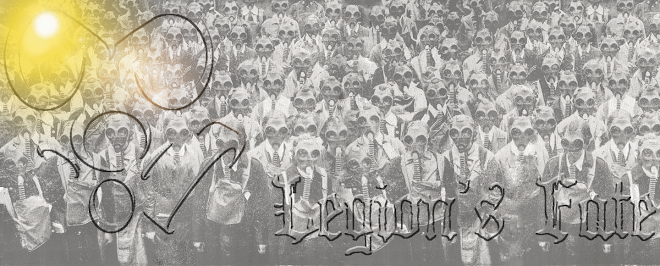I've picked through this article and its sources a bit, and I note that there is a glaring error, among others, from one part to the next part to the next.
In elementary school, this phenomenon was demonstrated to me and my class in the game called Telephone; whereas the teacher whispers instructions in the form of a couple of sentences in a student's ear, and then that student whispers it into another student's ear, and so on and so forth until the message makes it all the way through the class. The last student to hear the message speaks it out loud, which always ends up making the class roar with laughter as the message is butchered out of proportion to what the teacher initially had said. This game is a great demonstration of the human factor, which is the element of error applied in a situation from a well intentioned but error prone human.
Back to the article, let me show you where the human factor has skewed the facts from what was originally a statement made by Mexican President Felipe Calderon.
Sayeth the above linked article:
"One recently released study by the Woodrow Wilson Center and the Trans-Border Institute at the University of San Diego found that out of 75,000 firearms confiscated by Mexican authorities in the last three years, 60,000 of them — or 80 percent — had come from the U.S."To start with, I went to the Woodrow Wilson Center's website and browsed through their material to find the particular study that claims this; something you would expect National Investigative Correspondent Michael Isikoff to have done, considering he quoted them. Turns out that he did in fact quote them, though not word for word:
"According to information provided by the Mexican government, which has received training from ATF on identifying firearms, U.S.-origin firearms account for the vast majority of firearms seized in Mexico over the last few years. In May 2010, for example, President Calderon said that of the 75,000 firearms Mexico has seized in the last three years an estimated 80 percent or 60,000 firearms came from the United States." - U.S. Firearms Trafficking to Mexico: New Data and Insights Illuminate Key Trends and Challenges
Colby Goodman
Michel Marizco
Not the same, but close; Isikoff didn't skew the facts though. So now the question remains: did Felipe Calderon say that? I don't have an degree in investigative journalism, so it was incredibly hard for me to click the link cited in that study to find the news article with the quote.
Here's what Calderon actually said:
"Calderón said his government had seized 75,000 guns in Mexico in a three-year period and found that 80 percent of those whose origin could be traced were bought in the United States."See that? "Whose origin could be traced." So we went from "80% were bought in the US" to "80% whose origin could be traced were bought in the US." That is not insignificant. What has happend here is that the authors of the study saw '75,000' and '80 percent', and they did some quick math and ran with that, instead of taking in what was actually said.
The difference is that of the alleged 75,000 guns confiscated in three years, not all of them were submitted for tracing to the ATF. If Mexican authorities had confiscated a hundred weapons from a drug bust, and fifty of them were full auto AK-47s with Russian and Chinese emblems stamped all over the receiver, twenty were RPGs and 40mm grenades, and the rest were AR-15 or M16 rifles, than why would they bother handing the whole lot over to the ATF when it's obvious that some of them didn't come from the US? The AR/M16 rifles and the 40mm grenades would be handed over to the ATF, as it's well known where they probably came from.
But that doesn't mean that they were purchased by the cartels from a gun store in the US, nor does it mean that they were all made there. What Calderon essentially said was that out of, say, 100 AR-15 or M-16 rifles confiscated, that 80 of those rifles originated in the US. Not surprising is that that family of rifles are generally - not always - but generally, made in the US of A, so no duh that they would be traceable back here. If I were an ATF agent and a Mexican Army Captain handed me a truck full of worn full-auto Galils and RPGs for tracing, I'd think he was a moron. They aren't manufactured in the US, and are not readily available. I would instead tell that Captain to submit them to an agent for the country where those weapons were made. It's common sense.
Back to the article, I found this little tidbit interesting:
"The report also faults a timid investigative strategy by ATF that concentrates on low level “straw purchasers” of illegal firearms rather than high level weapons trafficking organizations."You don't say? Well, that makes sense too. Busting an element of a major cartel takes lots of time, effort, and danger, I would imagine. Monthly low risk busts would look great on the resume', and you have way less chance of getting into a Blackhawk down type shootout if you call in the SWAT team on Bubba John's trailer at 3am. I mean, who doesn't fear the Reaper, right?
I found lots more stuff that doesn't make the papers because it would be bad for the Mexican Drug Farce meme. It's not hard to find. One would think that an "authorized journalist" would take the ten minutes out of his morning and track down the quote that is the main thrust of his article.
But that's just not how humans roll.
The class is laughing now, so perhaps you reporter-like critters should use some sort of editorial oversight or something to cut down on the human factor.

No comments:
Post a Comment